Technological advances bring sweeping changes to China's Inner Mongolia over past 40 years
People's Daily app
1544323892000
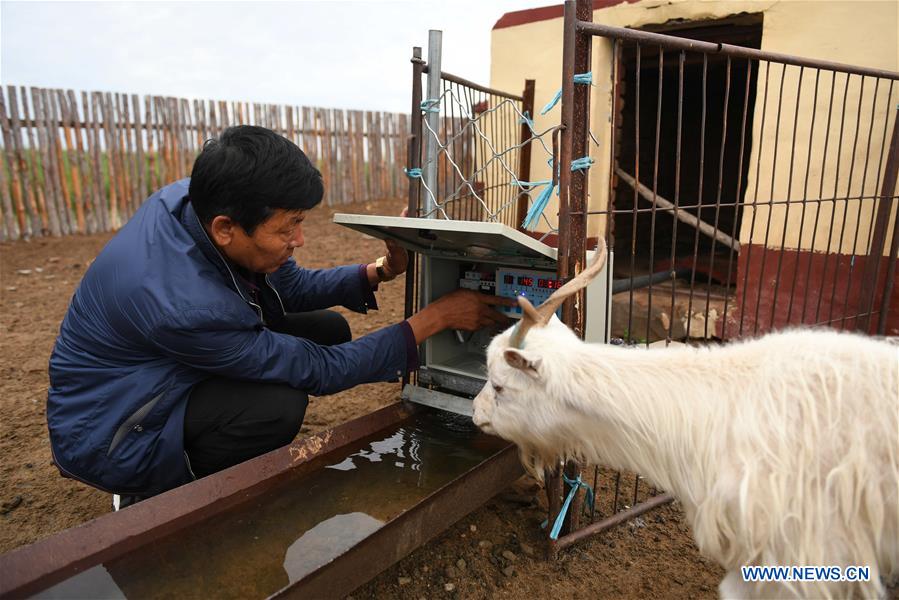
A herdsman checks the automatic drinking system in Otog Banner, north China's Inner Mongolia Autonomous Region, July 28, 2017. (Photos: Xinhua)

Over the past 40 years, technological advances have brought sweeping changes to the vast grasslands of Inner Mongolia Autonomous Region, which occupies more than 12 percent of China's land area.
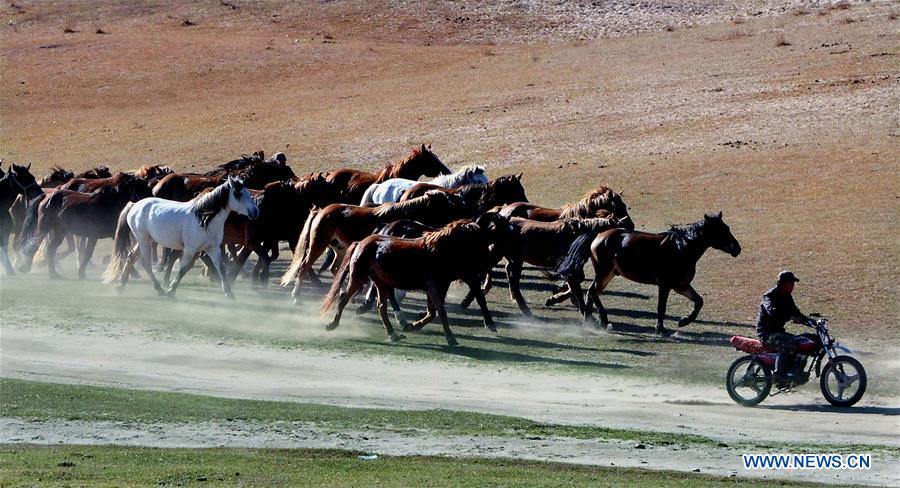
A herdsman riding motorbike leads horses on transhumance in Chifeng, north China's Inner Mongolia Autonomous Region. Sept. 23, 2011.
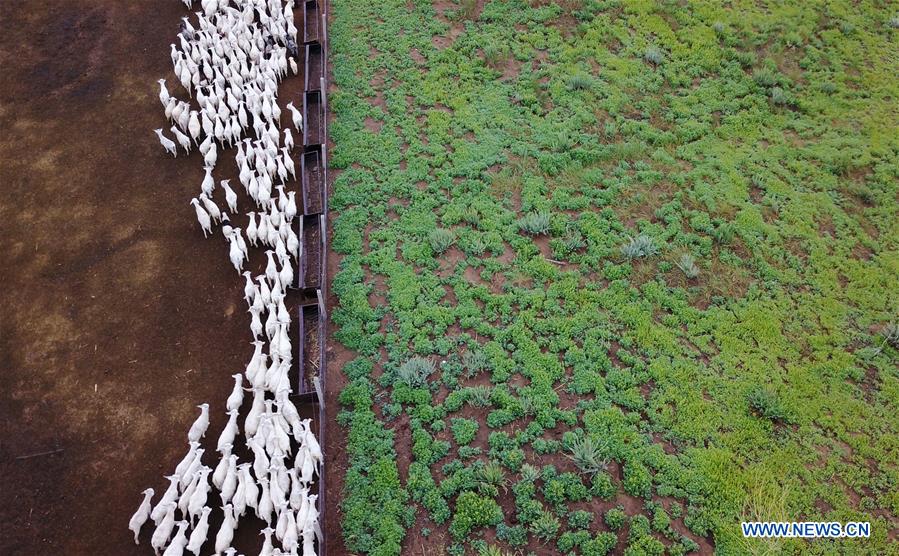
By the end of 2017, the number of private cars in the region surpassed 2.7 million, compared with around 10,000 in 1987.
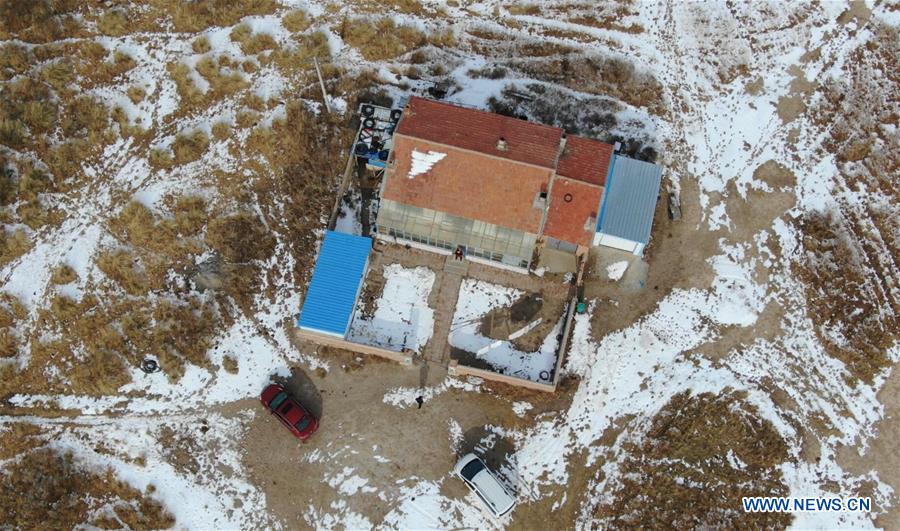
In addition to the material changes, people's mindsets have also changed as well.

The Internet has brought products from around the country to the grassland and many herders run stores selling dairy products.
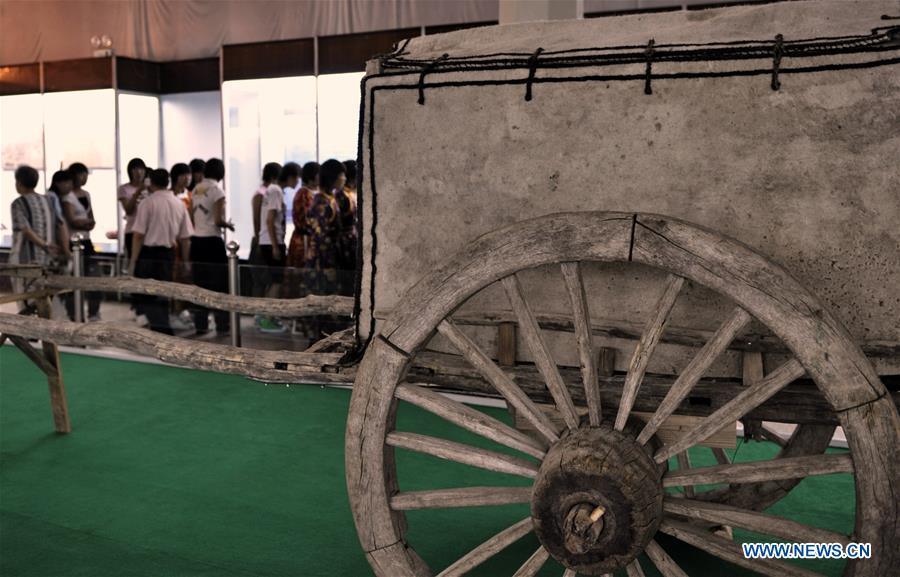
A special Mongolian cart named "lele cart" is shown during an exhibition of the folk customs of Mongolian ethnic group at Inner Mongolia Museum in Hohhot, capital of north China's Inner Mongolia Autonomous Region, July 28, 2008.

Participants take part in a race during an international camel cultural festival held in Uiad Back Banner, Bayan Nur of north China's Inner Mongolia Autonomous Region, Dec. 1, 2018.
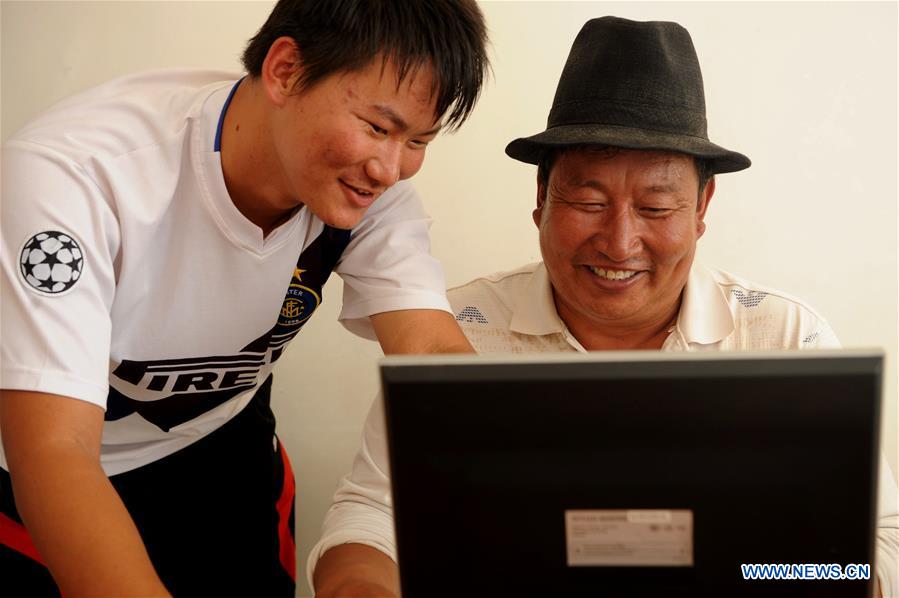
Herdsman Hasgriletu's son teaches him to play computer games at their home in Bayintaolegai Village of Ushen Banner, north China's Inner Mongolia Autonomous Region, Aug. 23, 2009.

Photo taken on May 21, 2007 shows a wind power plant in Hexigten Banner of north China's Inner Mongolia Autonomous Region.


